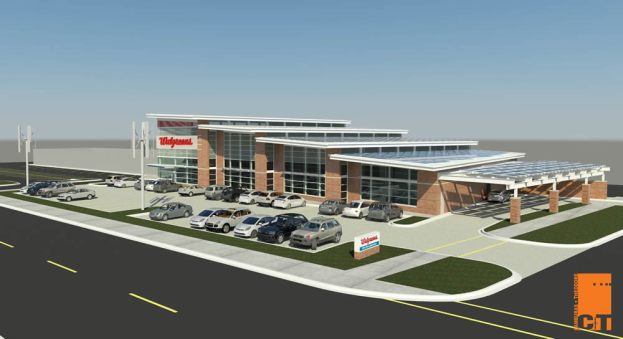
Announced within an official press release on the company site, Walgreens will soon be starting development on a “net zero energy” store that will produce enough energy to operate self-sufficiently. Located in Evanston, Illinois, the location of the store was chosen in order to allow Walgreens engineers easy access since the company headquarters is just a thirty minute drive away. According to the designs, the store will generate approximately 265,000 kilowatt hours per year. However, the retail store will only require 200,000 kilowatt hours per year to operate and all excess energy will be delivered back into the grid.

In order to conserve energy when operating the store, the Walgreens team will be installing energy efficient building materials in the structure, LED lighting and high-efficiency carbon dioxide refrigeration equipment for the grocery section of the store.
When asked about the net zero initiative, Walgreens vice president of facilities development Thomas Connolly said “We are committed to reducing our carbon footprint and leading the retail industry in use of green technology. We are investing in developing a net-zero store so we can learn the best way to bring these features to our other stores.” Since Walgreens operates approximately 8,000 stores within the United States, this self-powered store will likely serve as an experiment for the company. If successful, aspects of the design could potentially roll out at other Walgreens locations around the country in the future.


